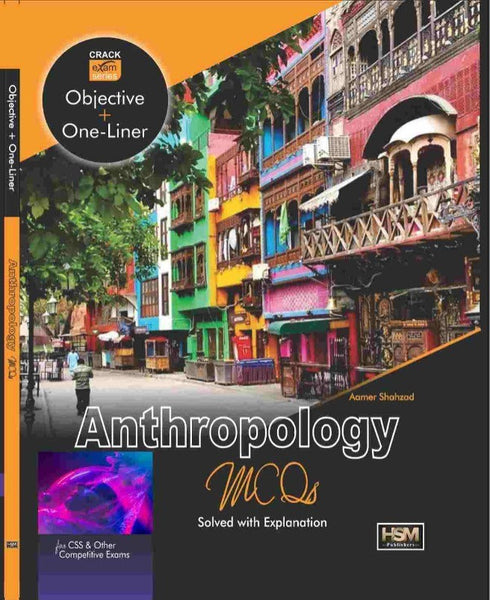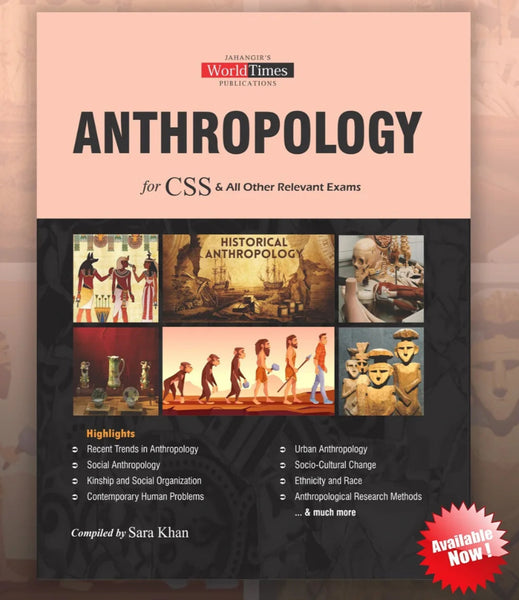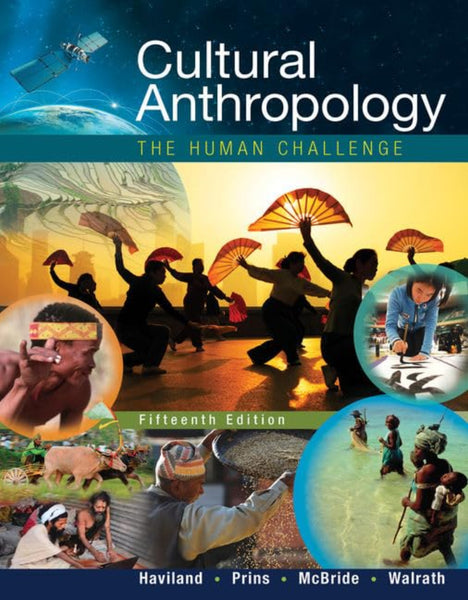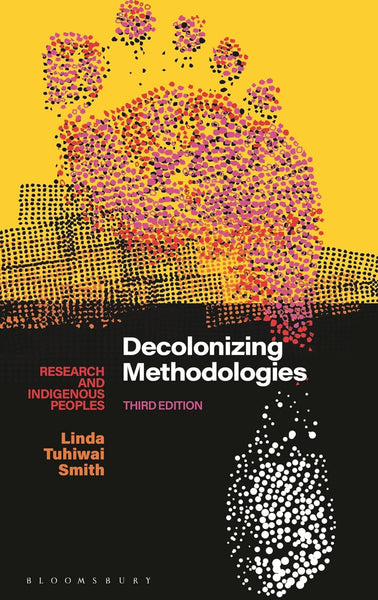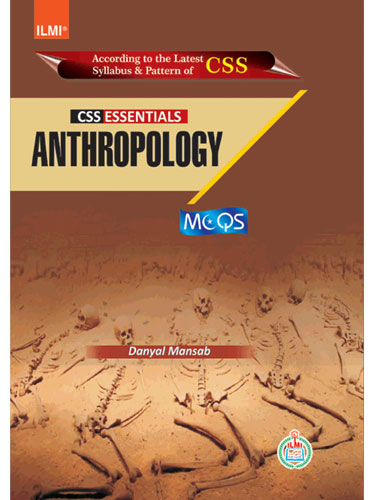Cultural Anthropology 6th Edition by Barbara D Miller (Author)
- Publisher: Anthropology
- Availability: In Stock
- SKU: 12157
- Number of Pages: 428
Rs.1,500.00
Rs.1,995.00
Tags: Anthropology and Development , Anthropology and Economics , Anthropology and Environment , Anthropology and Gender , Anthropology and Health , Anthropology and Language , Anthropology and Migration , Anthropology and Politics , Anthropology and Religion , Anthropology and Social Change , Anthropology and Society , Anthropology and Technology , Anthropology Research , Anthropology Textbook , Barbara D Miller , best books , Best Price , Best Selling Books , Cultural Adaptation , Cultural Anthoropology , Cultural Anthoropology 6th Edition , Cultural Anthropology , Cultural Anthropology 6th Edition , Cultural Anthropology Theories , Cultural Beliefs , Cultural Identity , Cultural Norms , Cultural Practices , Cultural Rituals , Ethnography , Ethnology , Globalization and Culture , Human Cultures , Introduction to Cultural Anthropology , ONLINE BOOKS , Online Bookshop , Social Anthropology
Cultural Anthropology (6th Edition)
Author: Barbara D. Miller
Introduction
Cultural Anthropology (6th Edition) by Barbara D. Miller is an insightful and engaging introduction to the study of human cultures, societies, and traditions. The book explores how people across different societies interact, adapt, and express their beliefs, providing a comprehensive understanding of cultural diversity. With an emphasis on real-world examples, fieldwork, and contemporary issues, this book serves as an essential resource for students, educators, and anyone interested in human societies.
Key Points
1. Foundations of Cultural Anthropology
- Introduces key concepts, theories, and methods used in cultural anthropology.
- Explores the significance of fieldwork and ethnographic research.
2. Cultural Diversity and Globalization
- Examines how globalization affects cultures and societies worldwide.
- Discusses cultural adaptation, identity, and change in a rapidly evolving world.
3. Social Structures and Human Relationships
- Covers topics such as kinship, marriage, gender roles, and political systems.
- Explores how different societies organize themselves socially and politically.
4. Language, Communication, and Belief Systems
- Investigates the role of language and symbolism in shaping cultural identity.
- Discusses religion, rituals, and worldviews in various cultural contexts.
5. Applied Anthropology and Contemporary Issues
- Highlights how anthropology is used in addressing global challenges such as inequality, human rights, and environmental issues.
- Examines the role of anthropologists in policy-making, healthcare, and development projects.
Why Read This Book?
- Provides a clear and engaging introduction to cultural anthropology.
- Includes real-world case studies and fieldwork examples.
- Offers critical insights into how cultures evolve and interact.
- Helps students and professionals develop a deeper understanding of human societies.
Conclusion
Cultural Anthropology (6th Edition) by Barbara D. Miller is a must-read for students, researchers, and anyone interested in understanding the complexity of human cultures. With its comprehensive approach, real-life examples, and engaging narrative, this book provides valuable insights into how cultural practices shape our world and influence human interactions.



